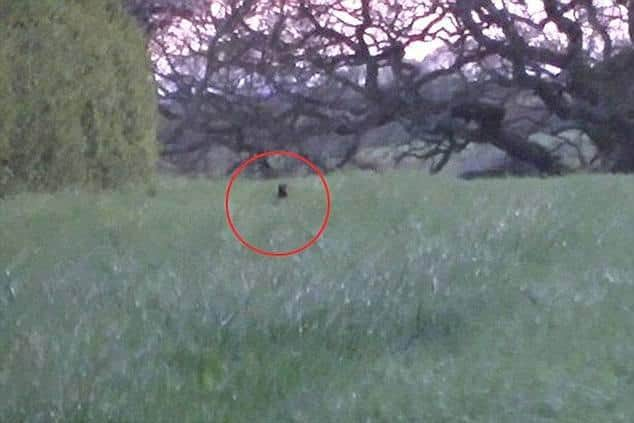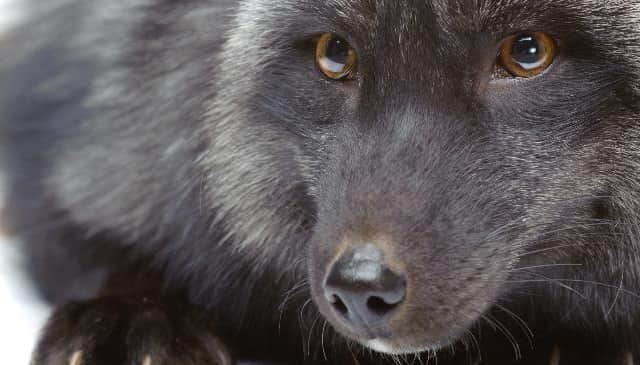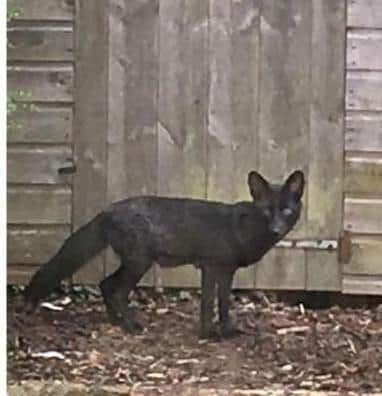Wildlife expert and former zookeeper exposes the truth about the mysterious 'Beast of Milton Keynes'
and live on Freeview channel 276
A wildlife expert and former zookeeper who worked with big cats reckons she has solved the decades-old mystery of the ‘Beast of Milton Keynes’.
Over the years, numerous sightings of a large black panther-type creature have been reported in MK and elsewhere.
Advertisement
Advertisement
Often it appears in woodland and is described as much bigger than a domestic cat, moving at speed with a prowling gait.


But Hayley de Ronde, who has worked at Woburn Safari Park, Whipsnade Zoo and Africa Alive, is an expert on big cats – and she does not believe this is what Beast spotters are seeing at all.
Hayley is convinced that most of the nation’s ‘Beasts’ are, in fact, melanistic black foxes.
She is founder of Black Foxes UK and is striving to educate the public about the relatively rare species.
Advertisement
Advertisement
Also referred to as a silver fox, they shows a wide variation in the colour of their pelt. Some are completely glossy black apart from a white tip of the tail and this gives them a silvery appearance.


Hayley told the Citizen: “I suspect what people are seeing is this magnificent and mysterious creature, that has been roaming our countryside for over a century.”
She added: “Many of the historical reports over the years of 'big cats' have been that of melanistic red foxes and I can confirm that the melanistic red fox has been reported in Buckinghamshire, Hertfordshire and Bedfordshire.
"Melanistic foxes exists in much greater numbers than the 0.1% calculated when we began in 2015. We suspect that figure may reach a statistically predictable 2-8% given enough time and that a wider colour and pattern variation (spots, stripes, piebald markings etc.) will be seen within the UK fox population than was historically known.
Advertisement
Advertisement
"The recent media drive over 'Big cats' in the UK threatens to undermine my 8 years of hard work campaigning to educate the UK public about melanistic and silver foxes. I am the only one in the UK that educates about them.”


In recent years, there appears to be a return of melanistic traits in the UK fox population and the number of unusual fox sightings has increased as a result, said Hayley.
She admits that exotic animals can occasionally escape from zoos, but is cynical that they are living in our countryside.
“With a nation packed of wildlife feeders and surveillance, not to mention hunters, if they were here and breeding in the UK, you wouldn't still be wondering, it's 2023,” she said.
Advertisement
Advertisement
Black Foxes UK analysis reports of various Beast sightings from all over the country that have been caught on camera – and rejects them.
Hayley’s theory follows a new documentary that has been released on Amazon Prime, exploring the history of big cat sightings in the UK – including the notorious Beast of Exmoor.
Panthera Britannia, produced by Dragonfly Films, follows the public's fascination at the thought of big cats prowling Britain's woodland.
Do you accept Hayley’s theory? Or have you ever seen the Beast of Milton Keynes? Please let us know.